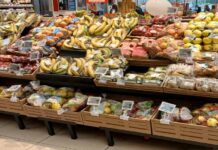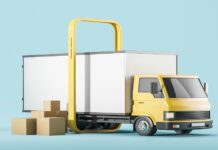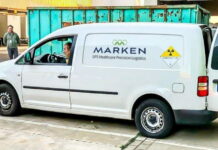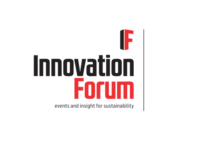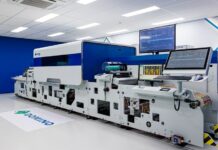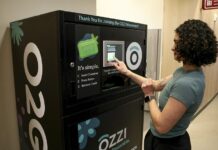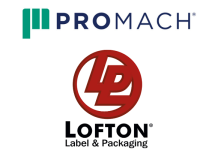Within the context of the quickly changing world we live in today, sustainability has emerged as a primary concern across all sectors of the economy, with packaging being at the forefront of this trend. The packaging industry is now experiencing a revolution that is being driven by consumer demand, regulatory challenges, and a societal duty to preserve our environment. Historically, packaging has been considered an essential component for the protection of materials. The concept of sustainable packaging is more than simply a passing fad; it is a fundamental shift that strives to lessen the effect that products have on the environment while preserving their usefulness and aesthetic appeal.
The packaging business is undergoing a transformation as a result of moves away from the “take, make, dispose” paradigm and toward a more circular approach. By extending the lifespan of packaging materials via recycling, reuse, and reduction, this innovative model contributes to the reduction of the enormous quantities of trash that are produced all over the world to a greater extent. The transition away from single-use plastics and toward materials that are biodegradable and compostable is one of the most fundamental transformations that has taken place. Plastics have been used for a long time due to their durability and inexpensive cost; yet, the environmental impact that plastics have caused has prompted a quest for alternatives. There are feasible alternatives that may be found in biodegradable materials such as cornstarch, bagasse, and other plant-based polymers. These materials break down more rapidly and lower carbon footprints. This transition toward biodegradable materials is an example of a trend toward commodities that are more in line with environmental responsibility.
Transformation is accompanied with difficulties.
Paper-based packaging is another sector that is seeing significant expansion now. Because it is renewable, recyclable, and biodegradable, it offers a sustainable solution for companies who are aiming to reduce their impact on the environment. Innovations in this area have resulted in the creation of paper goods that are more robust and long-lasting, and they are capable of taking the place of plastic in a variety of applications. Because of the expansion in e-commerce, there has been a surge in the demand for environmentally friendly corrugated boxes and kraft paper, which has further solidified their position as essential commodities in environmentally friendly packaging.
The move to sustainable packaging has a number of problems, primarily with regard to cost, despite the fact that it has several advantages. It may be challenging for smaller enterprises to make investments in more costly sustainable materials, and there is still a considerable need for improvements to be made to the global infrastructure for recycling and composting. Among the potential solutions to these difficulties is the use of recycled material in packaging, which simultaneously lessens the dependency on virgin resources and lessens the effect on the environment. By using this strategy, materials that would otherwise be disposed of in landfills are given a second chance at life. Additionally, a market for recycled commodities is established, which serves as an incentive for recycling operations.
Adopting minimalistic packaging, sometimes known as the “less is more” approach, is another alternative that may be used. This technique lowers packing to the necessary components. This method helps save money on material prices and is in line with the concepts of a circular economy since it places a focus on efficiency and reducing waste. Key tactics that businesses are implementing to strike a balance between cost and sustainability include the use of lightweight materials and the creation of products that are designed to be recyclable.
The originality of design
Innovation in the design of packaging is considered to be of great significance when it comes to sustainability. The number of individuals who are showing an interest in intelligent packaging solutions, such as edible films, water-soluble packaging, and reusable packaging, is growing at a rapid pace. The realisation that packaging needs to serve a useful function and make a meaningful contribution to the environment is reflected in these advances. Packaging should also strive to be environmentally friendly. When it comes to the design of packaging, a rising number of companies are adopting a life-cycle approach. This strategy takes into consideration every facet of the packaging process, starting with the extraction of raw materials and finishing with the disposal of the packaging.
When it comes to facilitating the move toward ecologically friendly packaging, the rules and regulations that are enacted by the government have a crucial impact. The provision of financial incentives for the use of environmentally friendly goods, the implementation of more stricter standards for waste management, and the imposition of penalties for non-compliance are some of the ways in which governments may encourage more sustainable activities. On the other hand, it is essential to have a comprehensive understanding of the client base. A growing number of consumers are becoming more ecologically conscious, and as a consequence, they are seeking more environmentally friendly packaging options. There is a ripple effect that is occurring across the supply chain as a result of this, which drives manufacturers and merchants to innovate and adopt more environmentally friendly methods.
To summarize, the transition toward environmentally friendly materials in the packaging business is not only a rising trend in the sector; rather, it is an absolute need for the future. A dedication to innovation, accountability, and a more environmentally friendly world is represented by this. By reevaluating the conventional approaches to packaging, making investments in innovative materials, and encouraging cooperation across the value chain, we can pave the path for a future that is more environmentally friendly. In addition to contributing to the preservation of the environment, this journey will also generate new prospects for development, innovation, and leadership in the packaging business on a worldwide scale. We are well on our way to a more environmentally friendly future, and sustainable packaging is the means by which we will arrive at our destination.







